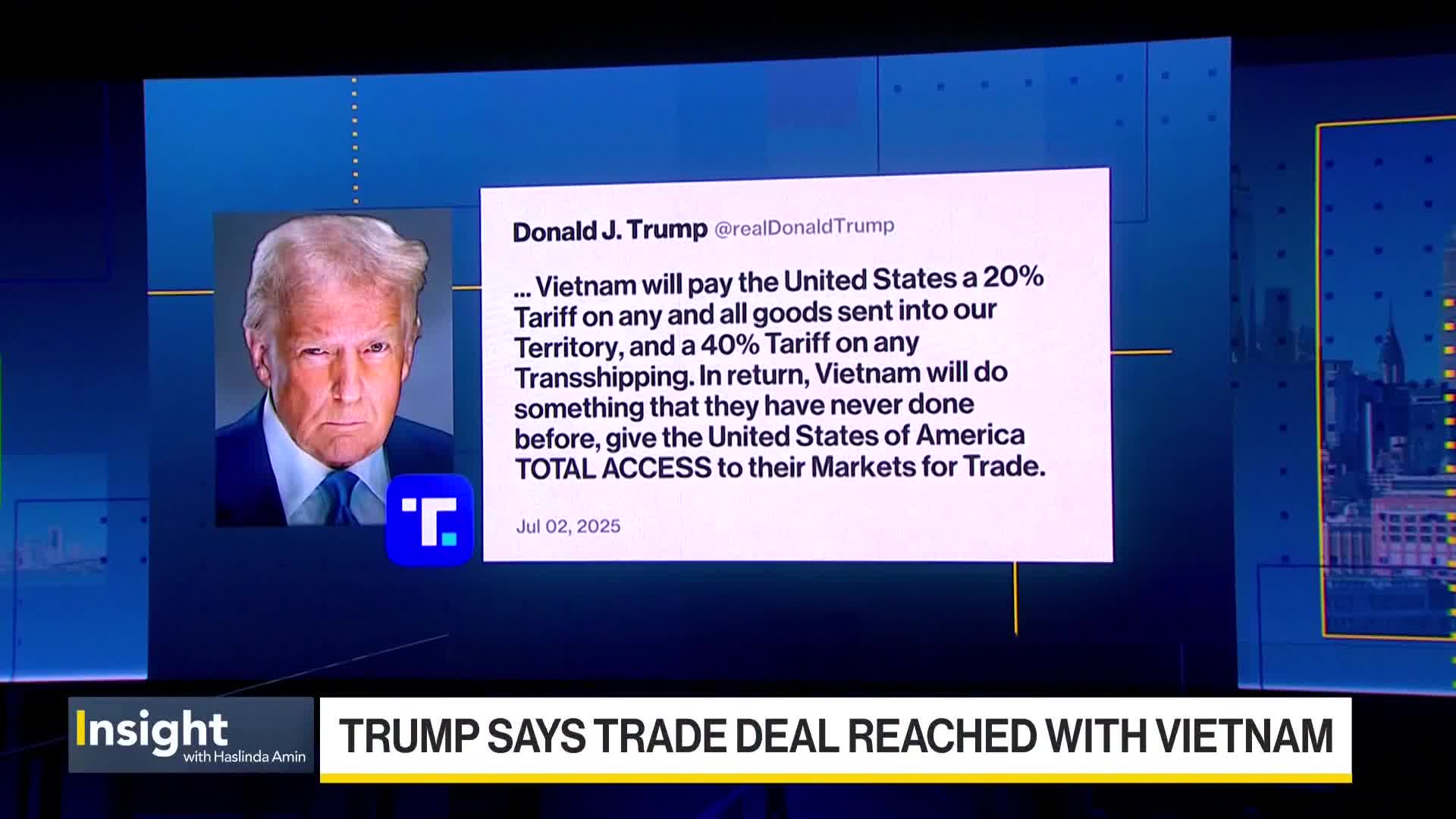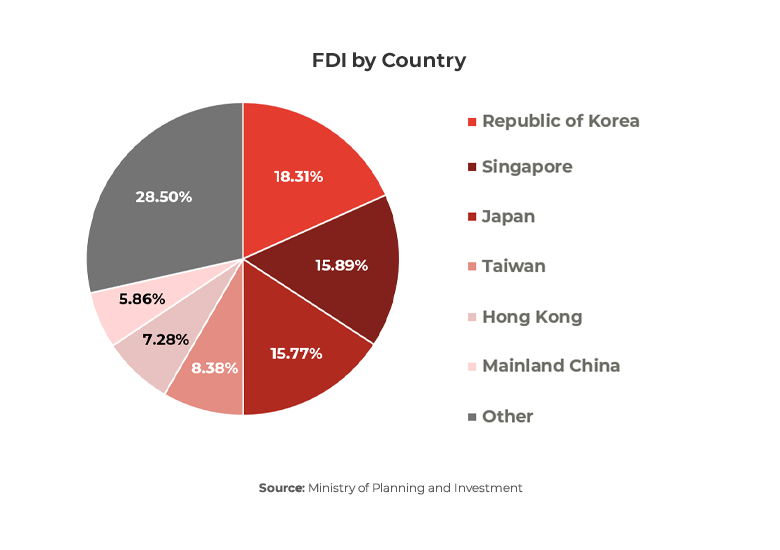Trump’s tariffs on China, EU and more, at a glance
https://www.bbc.com/news/articles/c1jxrnl9xe2o
US President Donald Trump announced a sweeping new set of tariffs on Wednesday, arguing that they would allow the United States to economically flourish.
These new import taxes, which Trump imposed via executive order, are expected to send economic shockwaves around the world.
But the US president believes they are necessary to address trading imbalances and to protect American jobs and manufacturing.
Here are the basic elements of the plan.
10% baseline tariff
In a background call before Trump’s speech, a senior White House official told reporters that the president would impose a “baseline” tariff on all imports to the US.
That rate is set at 10% and will go into effect on 5 April.
It is the companies that bring the foreign goods into the US that have to pay the tax to the government, although this could have knock-on effects to consumers.
Some countries will only face the base rate. These include:
- United Kingdom
- Singapore
- Brazil
- Australia
- New Zealand
- Turkey
- Colombia
- Argentina
- El Salvador
- United Arab Emirates
- Saudi Arabia
Custom tariffs for ‘worst offenders’
White House officials also said that they would impose what they describe as specific reciprocal tariffs on roughly 60 of the “worst offenders”.
These will go into effect on 9 April.
Trump’s officials say these countries charge higher tariffs on US goods, impose “non-tariff” barriers to US trade or have otherwise acted in ways they feel undermine American economic goals.
The key trading partners subject to these customised tariff rates include:
- European Union: 20%
- China: 54% (which includes earlier tariffs)
- Vietnam: 46%
- Thailand: 36%
- Japan: 24%
- Cambodia: 49%
- South Africa: 30%
- Taiwan: 32%
No additional tariffs on Canada and Mexico
The 10% baseline rate does not apply to Canada and Mexico, since they have already been targeted during Trump’s presidency.
The White House said it would deal with both countries using a framework set out in Trump’s previous executive orders, which imposed tariffs on both countries as part of the administration’s efforts to address the entry of fentanyl to the US and border issues.
Trump previously set those tariffs at 25% on all goods entering from both countries, before announcing some exemptions and delays.
25% tariffs on car imports
In addition, the president confirmed the beginning of a new American “25% tariff on all foreign made-automobiles”.
This tariff went into effect almost immediately, at midnight local time.
Nguyen Hong Dien’s recent visit failed, as did the request for the US to recognize the market economy status (NME).
Share this article
Follow us
13 Comments



acheter kamagra pharmacie fournir medicaments
achat kamagra prescrire sun medicament pharmacie
order enclomiphene generic overnight delivery
discount enclomiphene canada over the counter
how to buy androxal canada drugs
discount androxal generic pharmacy online
dutasteride usa
Online perscriptions dutasteride
online order flexeril cyclobenzaprine generic alternatives
cheapest buy flexeril cyclobenzaprine generic from the uk
how to order fildena price in us
buy fildena cheap drugs
discount gabapentin lowest cost pharmacy
order gabapentin price new zealand
how to order itraconazole price from cvs
buying itraconazole generic next day delivery
canadian drug store staxyn
order staxyn canadian online pharmacy
get avodart generic where to buy
purchase avodart online uk
how to order rifaximin canada with no prescription
how to buy rifaximin purchase to canada
purchase xifaxan generic online mastercard
order xifaxan no rx needed
kamagra kde koupit kanadu
nákup kamagra v mexiku